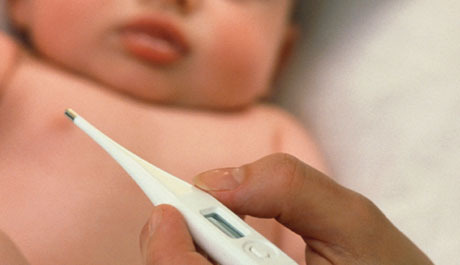Learning Objectives
To update you on:
- How to use parameters such as heart rate and blood pressure to decide if a patient with possible sepsis needs secondary care review.
- The use of scoring systems such as NEWS to evaluate patients who may have sepsis.
- Safety-netting on patients with infectious diseases who do not need secondary care review.
- When to suspect that a patient may have neutropenic sepsis.
Author
Dr Toni Hazell is a GP in North London
Case study 1 – Miss M
Miss M is an eight-month-old girl who is on your duty doctor list on Monday morning. She has had a temperature for the last few days, which has been treated with paracetamol, but she doesn’t seem to be herself, so her mother thought that she should see a doctor. On direct questioning, there is no obvious source of infection although her mother thinks that she has been ‘a bit snotty’ and had assumed that she was coming down with a cold. You look at the notes before she comes in – she was born at term by a planned caesarean, went home within a couple of days with no need for neonatal care and has not been seen acutely in the practice since. She is up to date with her vaccinations. She is brought into your consulting room in her buggy and is quiet when lifted out – you sit her on Mum’s lap to examine her.
Which of the following examination findings would indicate a high risk of sepsis in Miss M?
- Temperature of 39.5
- Falls asleep while being examined
- Pulse rate of 160
- Respiratory rate of 130
Click here to read the full article and download your certificate logging 1.5 CPD hours towards revalidation
Not a Pulse Learning member? Click here to join and gain access to over 400 CPD modules
Pulse October survey
Take our July 2025 survey to potentially win £1.000 worth of tokens














